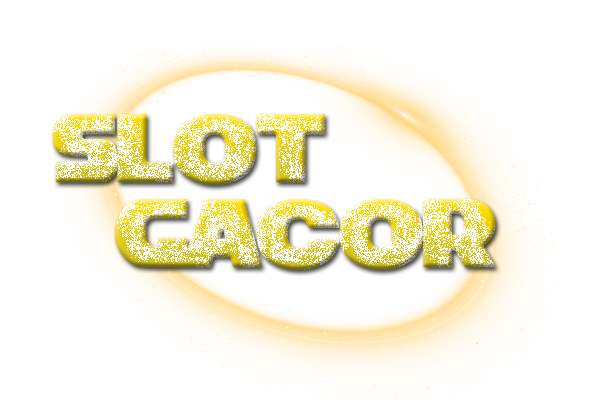1
/
of
1
ikan138
ikan138 > situs game online terbaik resmi terpercaya
ikan138 > situs game online terbaik resmi terpercaya
Regular price
Rp 25.000,00 IDR
Regular price
Sale price
Rp 25.000,00 IDR
Unit price
/
per






